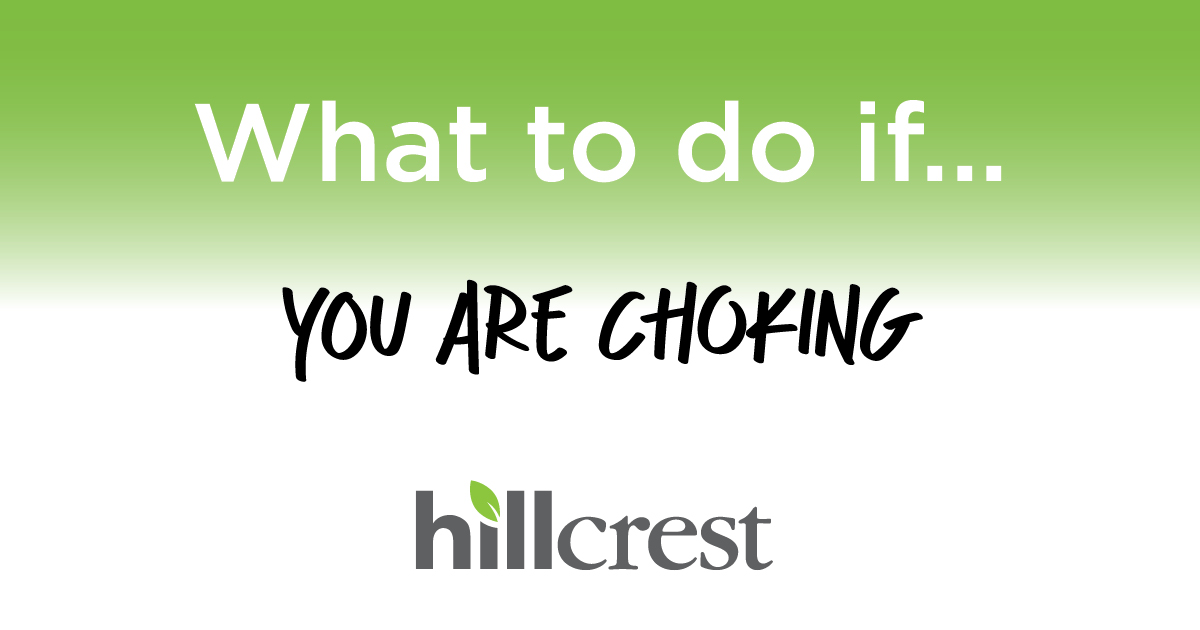With the holiday season around the corner, many will take the time to enjoy family and food. Those treats can increase the likelihood of choking. Christin Baker-Hankton, D.O., who practices family medicine with Utica Park Clinic, shares several tips to help prevent or remedy a choking episode.
What are some choking signs:
• Difficulty breathing
• High-pitched noises when breathing
• Coughing
• Inability to speak
• Pale/blue lips or skin
What foods may increase the risk of choking:
• Round or hard candies
• Chewy fruit snacks or marshmallows
• Chewing gum
• Raw vegetables like carrots
• Whole nuts or kernels
• Grapes or raisins
• Tough meats
• Bones in meats or fish
What to do if you or someone you know is choking:
• Cough. If you or the person who is choking are still trying to communicate, try coughing as you may be able to dislodge the object.
• If you are unable to identify what is causing someone to choke, never put your finger (or an object) into their mouth trying to remove the obstructing object. You may accidentally push it further back.
• If the airway is completely blocked, they will be unable to communicate or breathe. This is an emergent situation. Perform the Heimlich maneuver or back/abdominal thrusts, if familiar, and call 911.
• Be sure to follow up with your doctor.
What to do if you are alone and begin choking:
• Try to cough.
• Call 911.
• Perform self-Heimlich or abdominal thrusts.
Other tips:
• Remember to take smaller bites and completely chew your food to decrease risks of choking.
• The universal sign for choking is hands clinched around the neck. However, someone who is choking may be unable to communicate.

